Can the meaning of boundaries be redefined and blurred to mold a space using solar energy?
The clip shows an experiment that was done to explore the energy conversion from electrical to thermal, which resulted in the inflation of a balloon. The steam generated by the beaker produced enough energy to increase the speed of the air molecules.
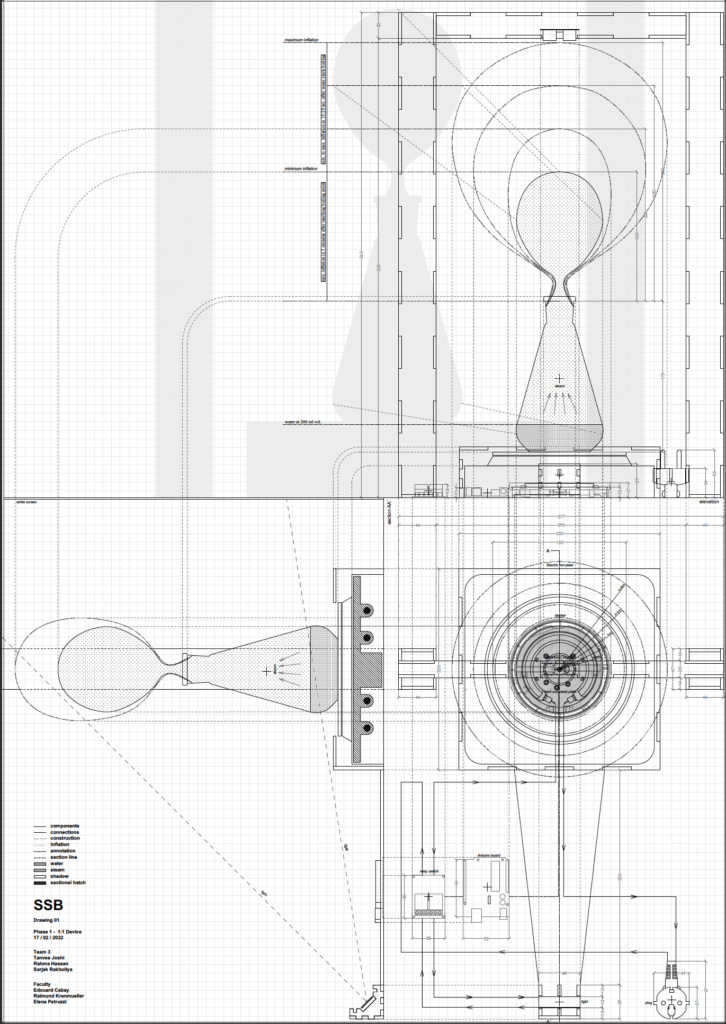
The balloon first starts inflating when the water in the becker reaches 85 degrees. After that point it takes approximately 15 seconds to reach a designated maximum expansion. Once that maximum is reached that heat source is turned off allowing the balloon to get back to its original size.

Continuing with that line of thought, what would happen if this same concept was applied using natural forces and conditions?
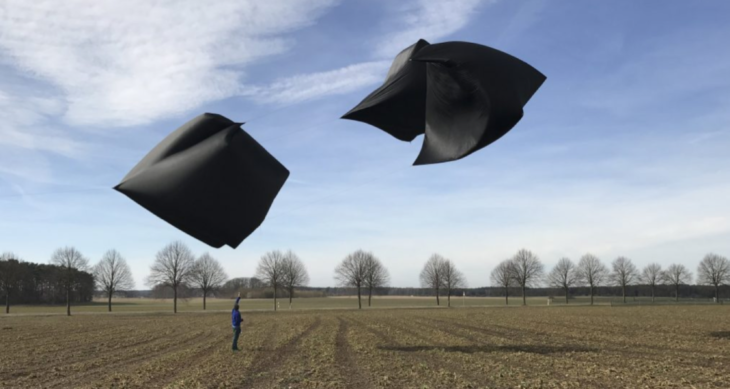
Aerocene Pacha is an intervention done by Tomas Saraceno that uses solar radiation and wind to lift inflatables without the use of fossil fuels or exterior lifting mechanism. Saraceno uses a black tarp to absorb enough heat to lift the inflatable. In his line of research, he was also able to lift a human being in the Salinas Grandes, Argentina using that technology.
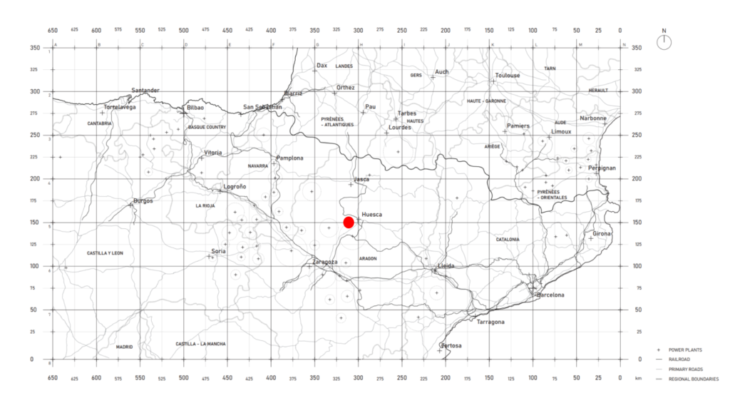
To apply this technology to Infla-structures, the site used for this project was important to locate. The monegros desert, located between Zaragoza and Jasca offers a plethora of landscapes from mountains to large planes. The lack of surrounding buildings or forests aids in getting maximum solar radiation.
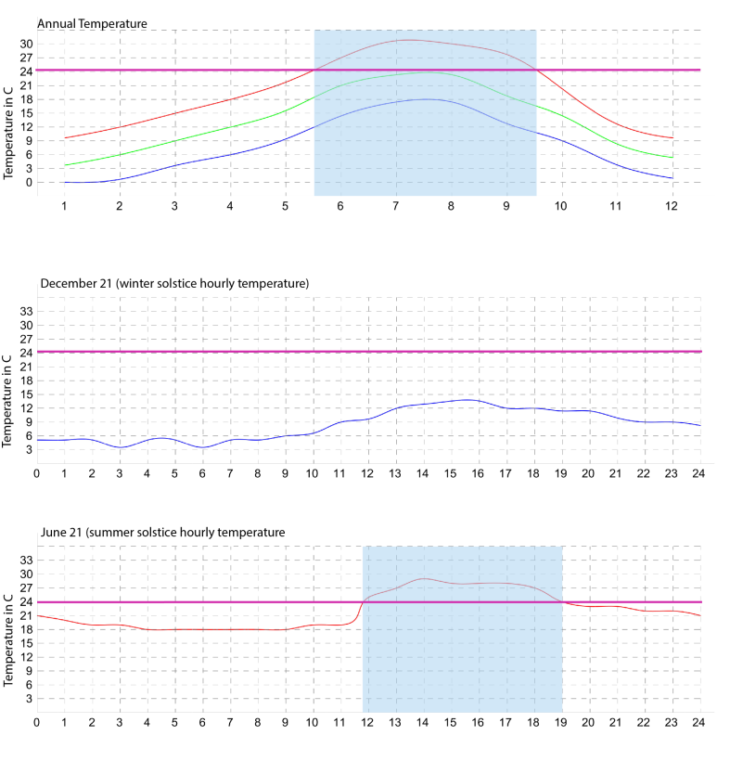
The height of 32 degrees celsius is reached during the month of July. Consecutively a low of -1 degree is reached in January. The minimum temperature needed for the inflation of the balloons in this project is 24 degrees. The inflation of the balloons constantly depends on the amount of solar radiation the surface of the inflatables get.
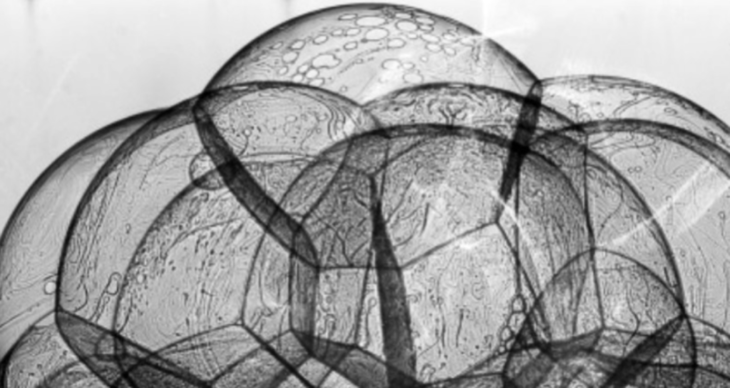
In the image we see Frei Otto´s experiment with soap bubbles. It shows the collision and restraint of the soap bubbles with each other. This gives room for an exploration of the behavior of the balloons colliding with each other and a possibility of creating ever changing spaces and volumes.
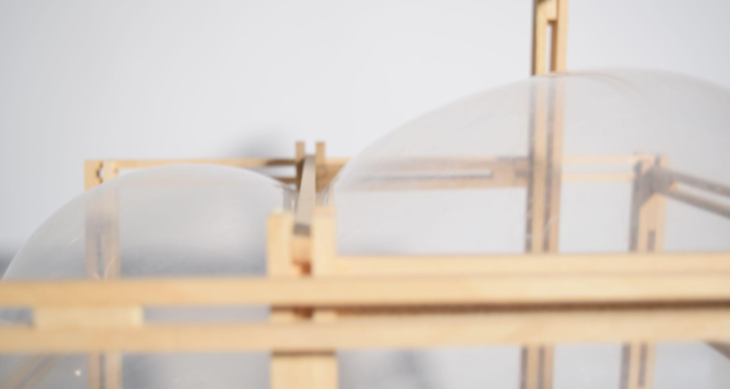
But what if the same material were to be restrained with something rigid? The balloon with the timber frame molds itself as per the rigidity to form a unique shape.

Photographed here is an installation by Marco Barotti called Breathing volumes. The sheer inflatables in this installation change volume every 5 minutes to create the feeling of being inside a living organism. The space is dynamic and offers visitors an interactive experience.
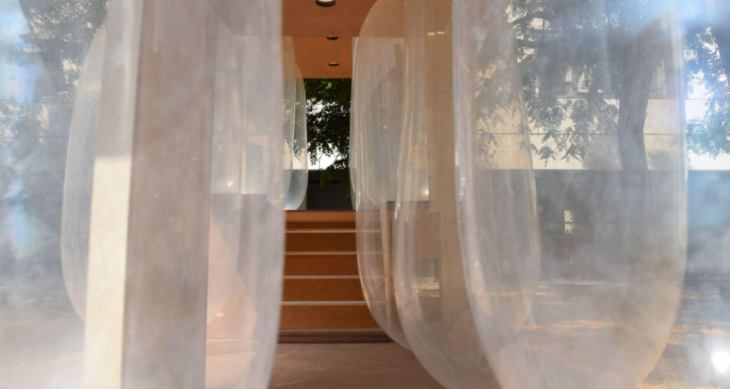
The 1 to 5 was an exploration of the concepts mentioned above. The Balloons when inflated against each other and against a rigid frame created a mesh of interesting spaces within, that formed the design logic for the project.
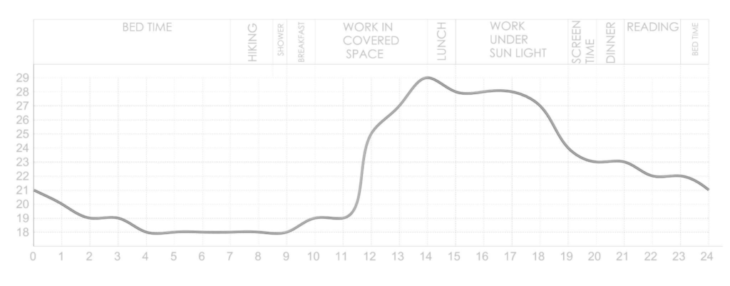
The user’s personal activities also reflect on the design of the space. Certain activities and spaces such as cooking or working generate heat. The heat would then affect the inflatables the same way solar radiation does. The inflatables create separation between the different spaces and in the case that a certain space of the module is generating a lot of heat it will keep the rest of the space cool.
Here we can see the spaces molding as per the user’s activities when the balloons are inflated and deflated. This gives the user the comfort of being in a huge open space as well as being inside a cocoon, making it quite dynamic in nature.
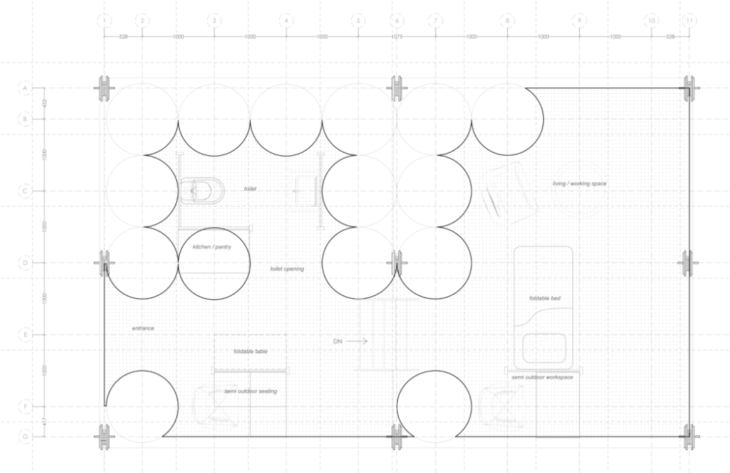
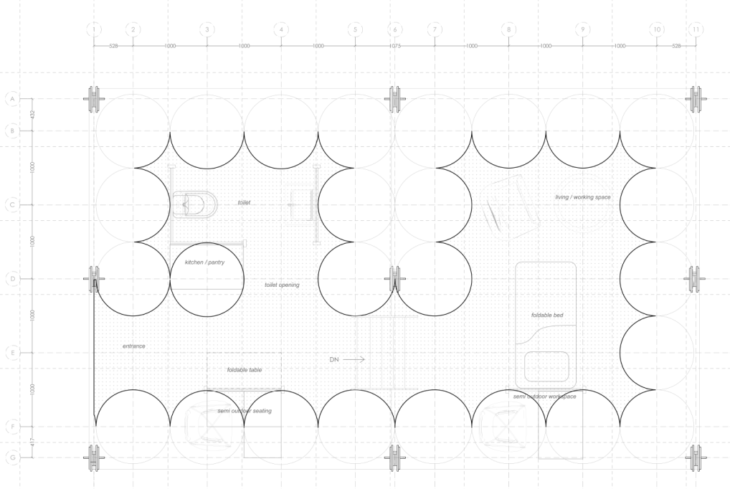
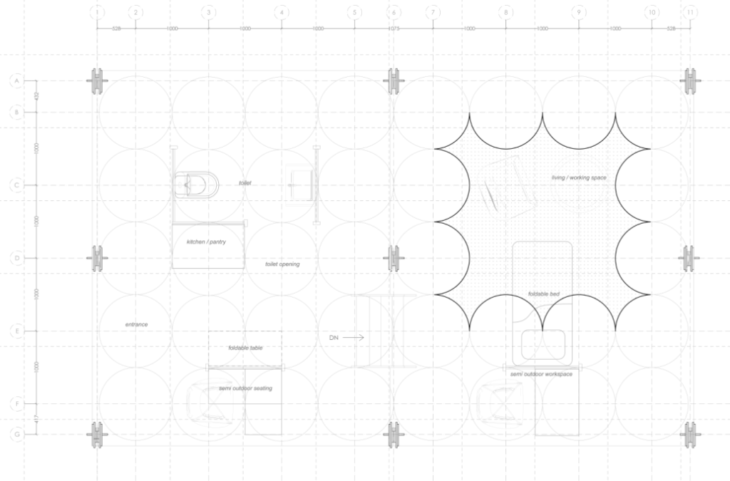
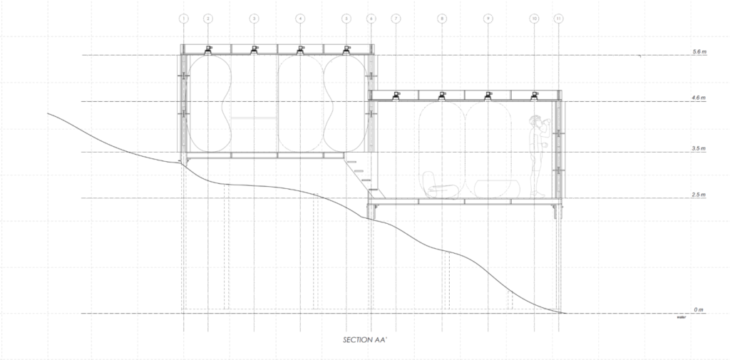
A section showing the balloon pushing against the rigid framework.
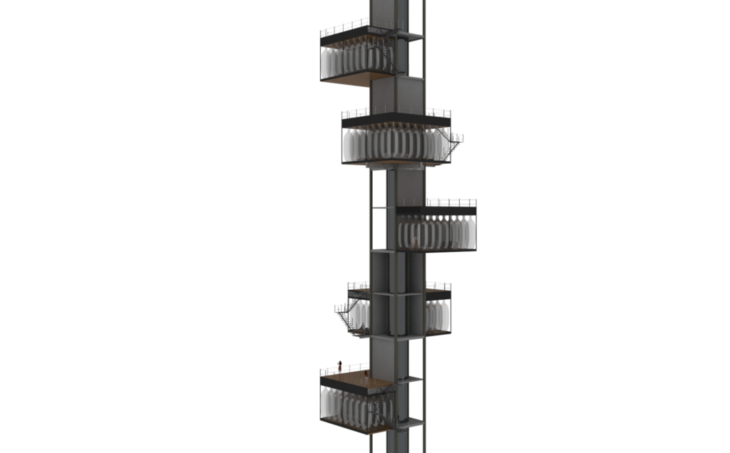
Delving into the initial explorations, the project was further developed into a towering skyscraper, where each module is repeated vertically, stacking it up in a spiral, that helps with the inflation of the balloons on site by optimizing the radiation of the Sun on each module.
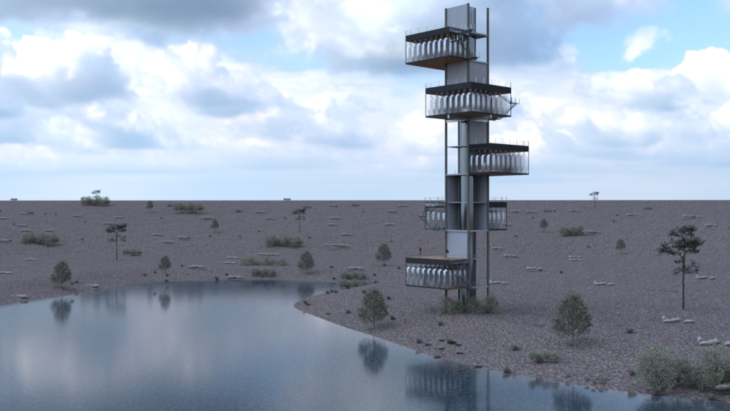
The said skyscraper is a hotel that sits tall in the Monegros. Each level becomes one living unit for one / two people.The inflation of the balloons creates dynamic volumes that respond to the environment while catering to the activities of the user residing in it.
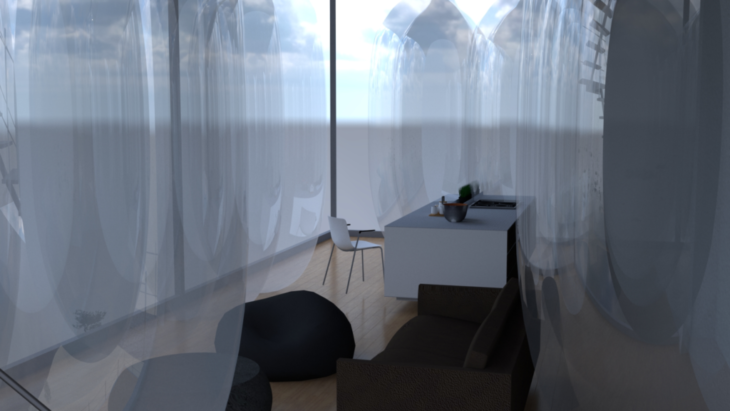
The balloons also act as a buffer between the inside and outside, the wind and the temperature. The floors spiraling up with the balloons give the users a feeling of being encompassed in a floating bubble.
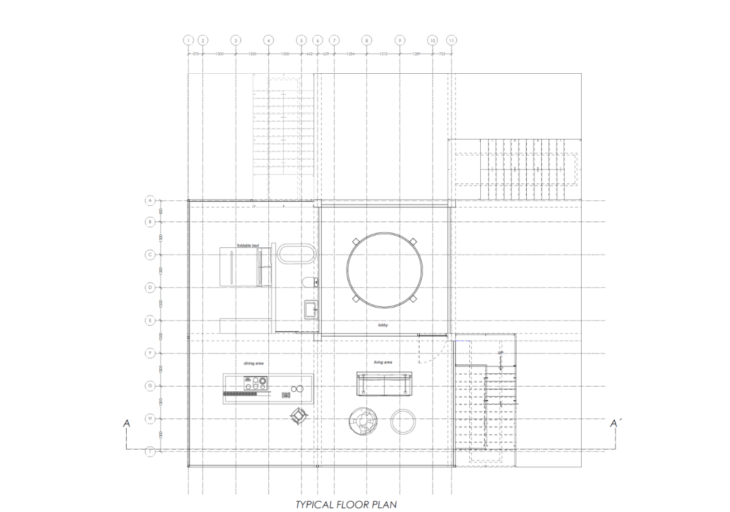
The planning of each module is a cantilevered L shaped floor plate, the ceiling of which forms a terrace that absorbs heat thus aiding the balloons to inflate at their maximum capacity while also optimizing the space on the inside.
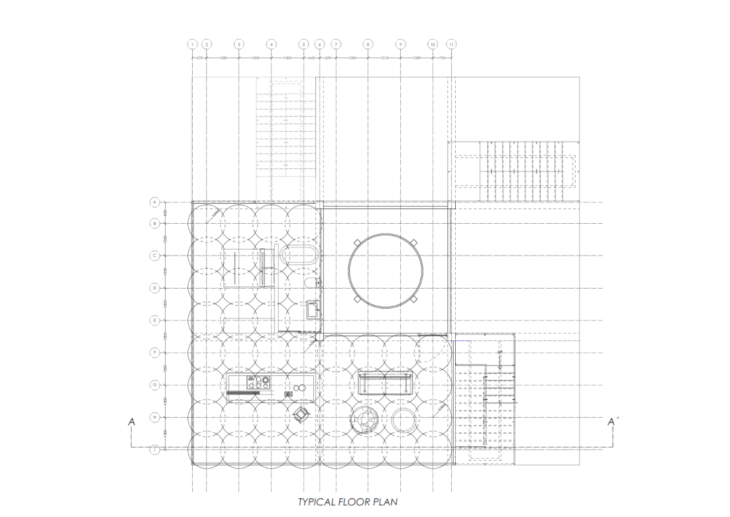
The indoor space also has the potential to have all the balloons inflated at the same time, as seen in this plan.


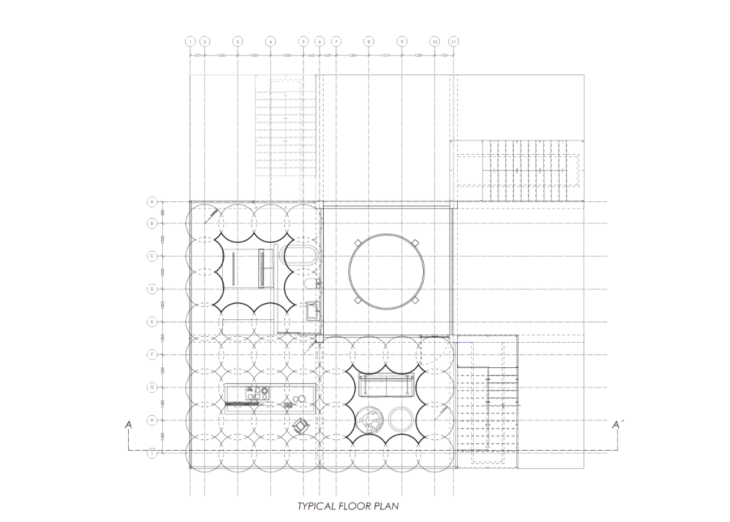
The floor plan is ever changing due to the different iterations created with different balloons deflating throughout the day with the variations in temperature. The result is a space within the one unit that is sometimes segregated to form tiny niches and sometimes as an open floor plan, curating itself to the various users that would occupy it.
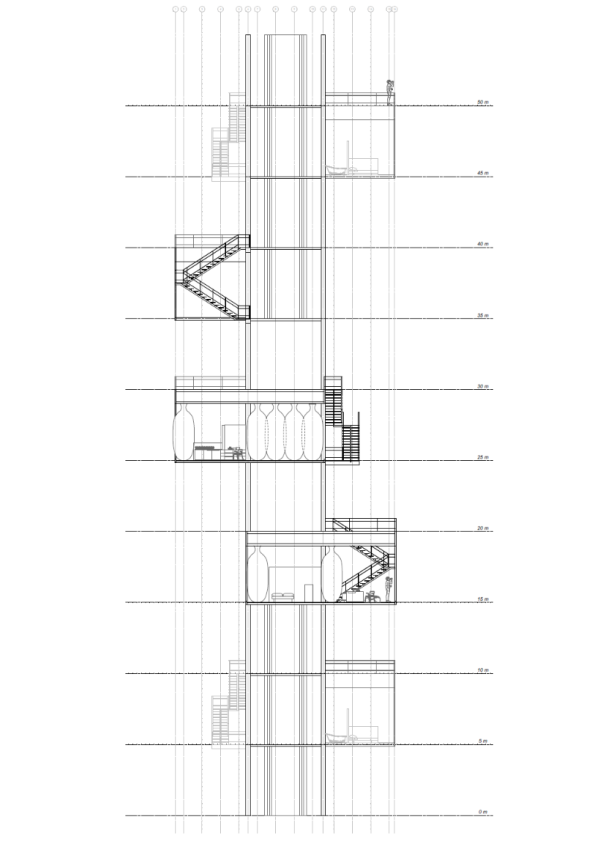
The Balloon Cabin acts as a living, breathing beacon in the Monegros desert.
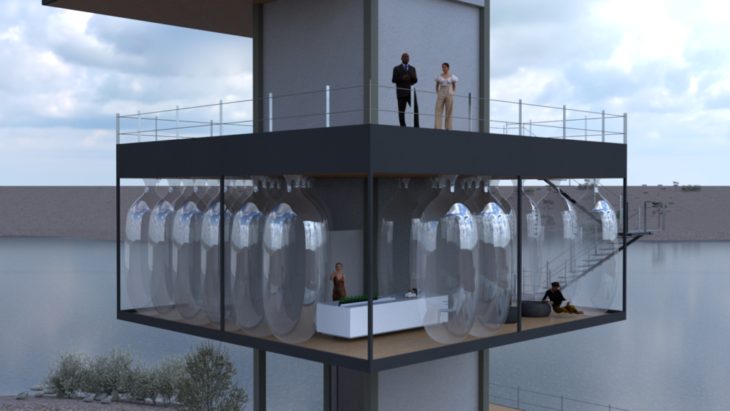
Infla-Structure is a project of IAAC, Institute for Advanced Architecture of Catalonia developed at Masters in Advanced Architecture (MAA01), 2021/22 by students: Rahma Hassan, Sarjak Rakholiya, Tanvee Suhas Joshi; faculty: Edouard Cabay, Raimund Krenmueller; student assistant: Elena Petruzzi.